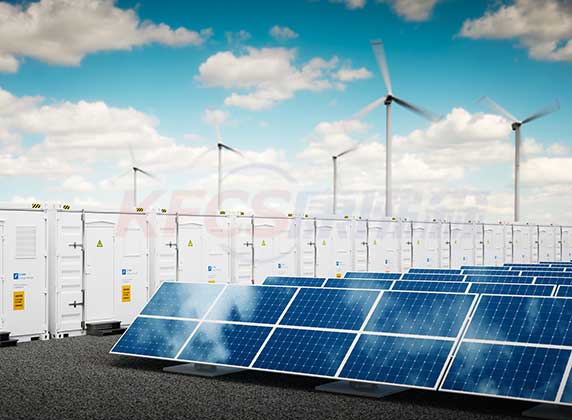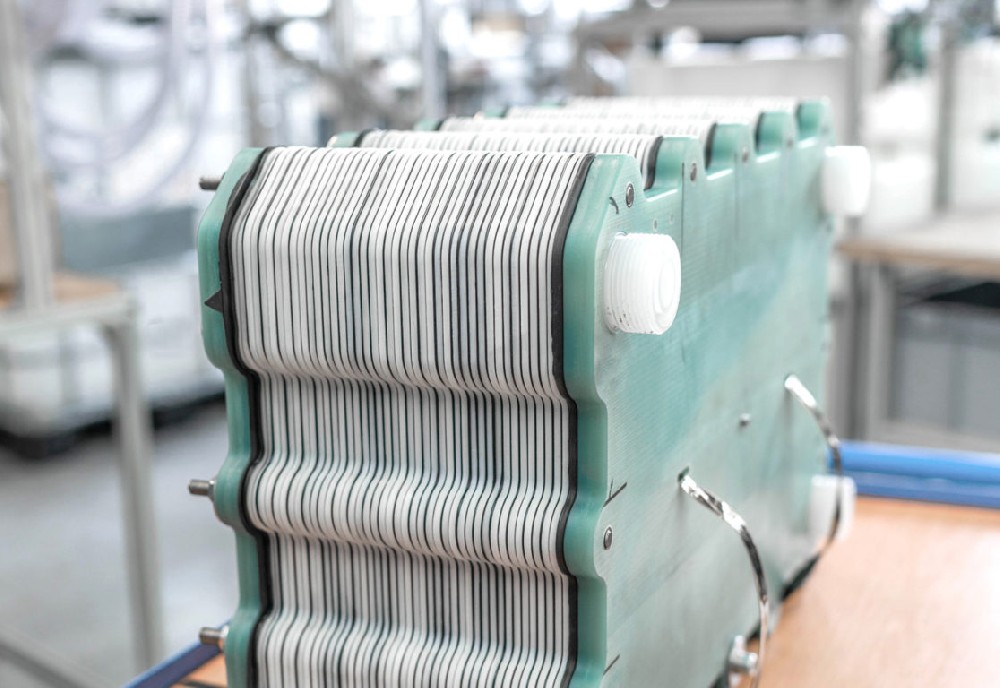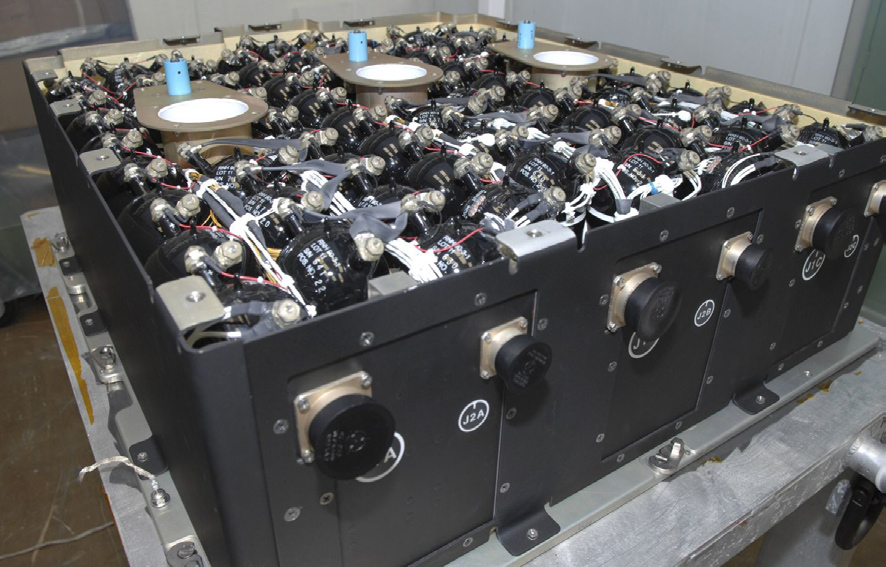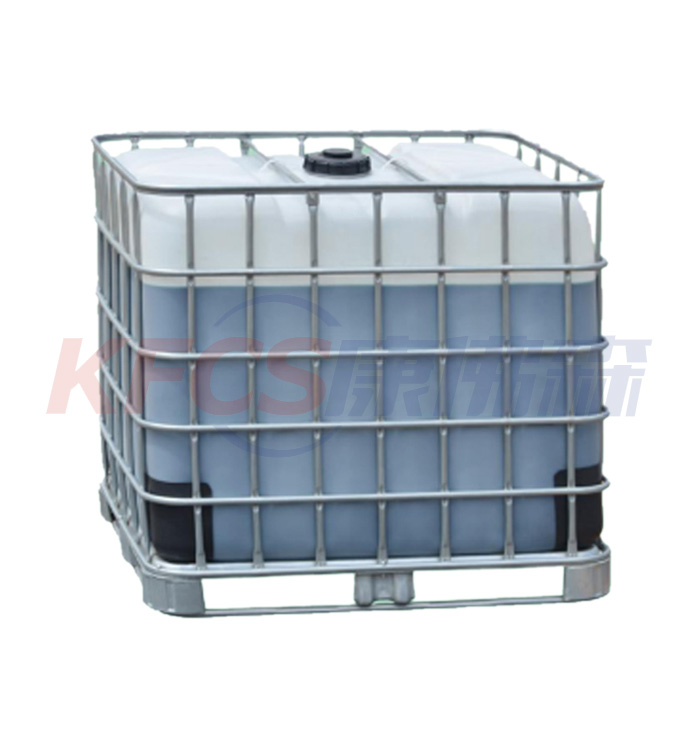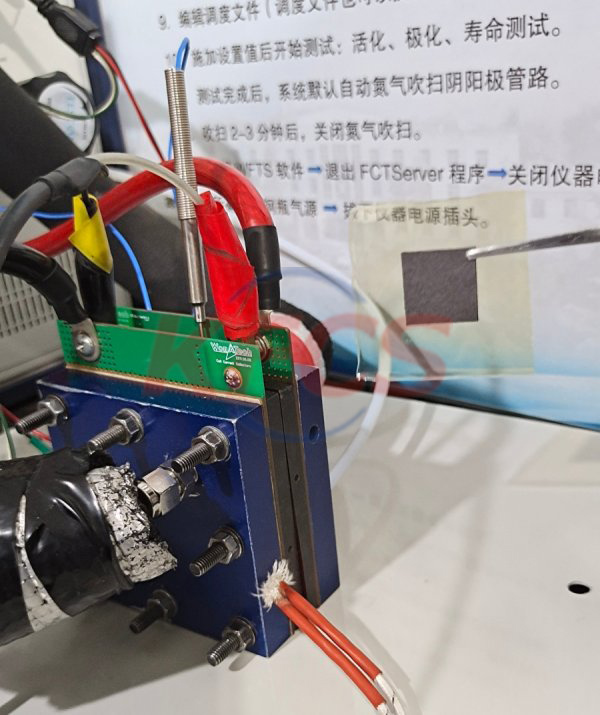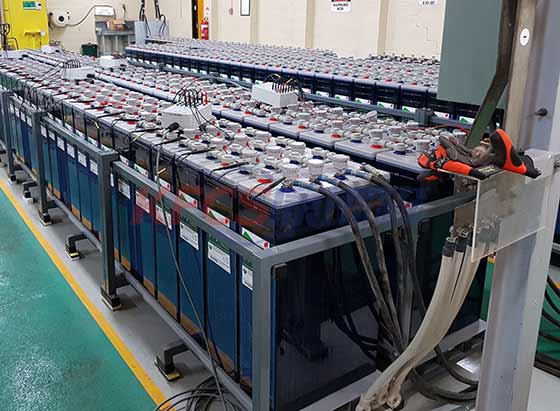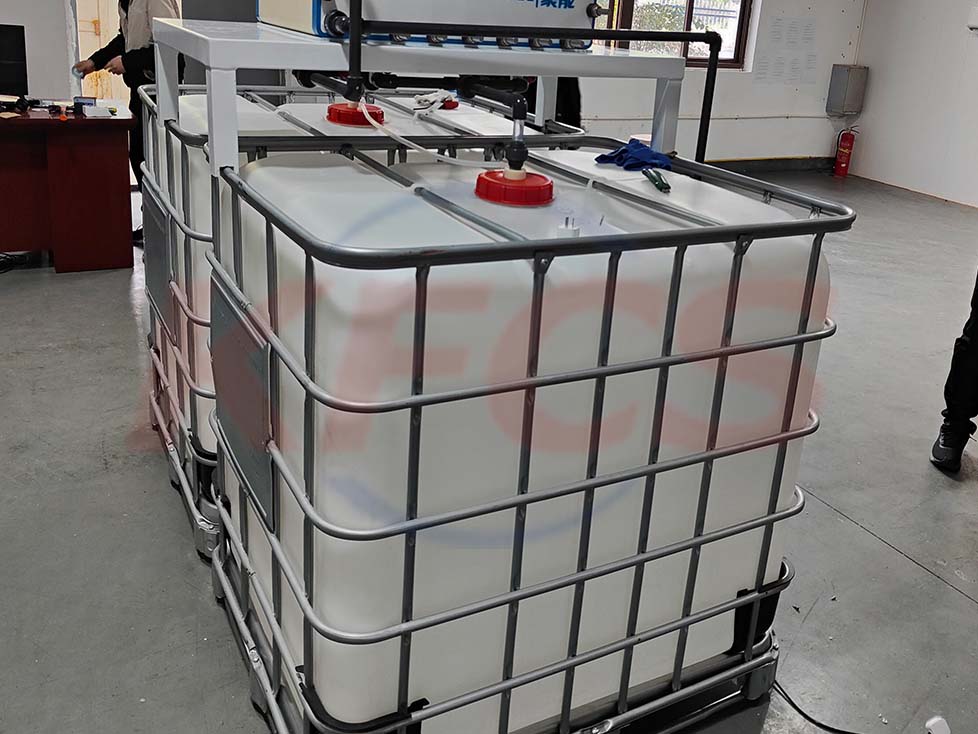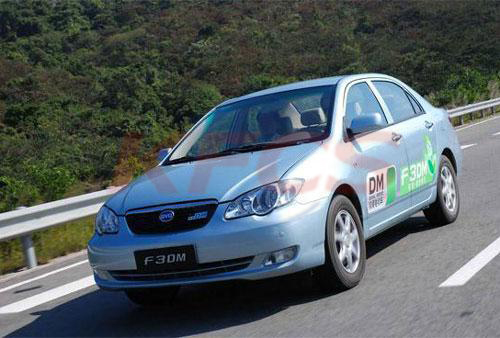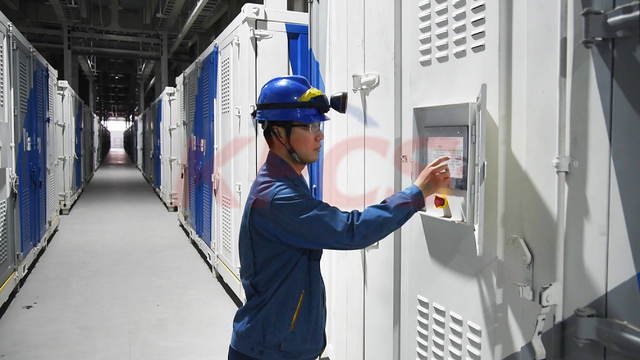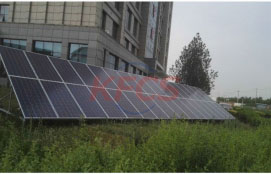Signing of nearly 5GW of solar energy storage projects, global energy company AES plans to withdraw from coal power in 2025
Signing of nearly 5GW of solar energy storage projects, global energy company AES plans to withdraw from coal power in 2025
Global energy company AES, which added more than 2GW of renewables and storage to its portfolio last year, has officially confirmed plans to exit coal generation by 2025.
In 2021, more than half of new solar, wind or storage (1,129MW) will come from the US, followed by Chile, Brazil and Colombia with 859MW of hydro, wind, storage and solar, with the remaining 91MW of solar in Panama and the Dominican Republic.
Meanwhile, throughout 2021, AES signed nearly 5GW of renewable energy and energy storage project contracts through long-term PPAs, exceeding the previously set 2021 target of 3-4GW, of which 978MW was added since the announcement of the third quarter results. .
By the end of 2021, the company has more than 9.2GW of undelivered renewable energy projects due to be completed by the end of 2025, including 3,497MW of projects under construction and 5,742MW of long-term PPA projects. AES has a total of 59GW of potential projects.
In 2022, new renewable energy long-term PPA contracts are targeted for 4.55-5.5GW.
"Last year was the best year ever for AES in terms of security, newly signed renewable energy PPAs, growth in undelivered projects, profitability and cash flow," said Andrés Gluski, AES President and CEO.
The U.S. company had previously planned to cut coal power to less than 10% of total electricity generation by the end of 2025, with an actual coal project portfolio of 7.1GW, but this plan has now been revised to fully exit coal by the end of 2025 Electricity.
Gluski said, "To continue to accelerate the future of energy, today we are announcing that we plan to exit coal power generation by the end of 2025. We are committed to completing the transformation of AES while maintaining our guidance and delivering strong financial results."
In July 2021, AES signed an agreement with the Chilean government to close its 1.1GW coal-fired power plant in Chile by 2025
In November, AES's energy storage joint venture, Fluence, went public, with AES retaining 34% ownership. In December, AES unveiled its first artificial intelligence-powered solar installation robot that could improve the speed and efficiency of building new solar facilities.

